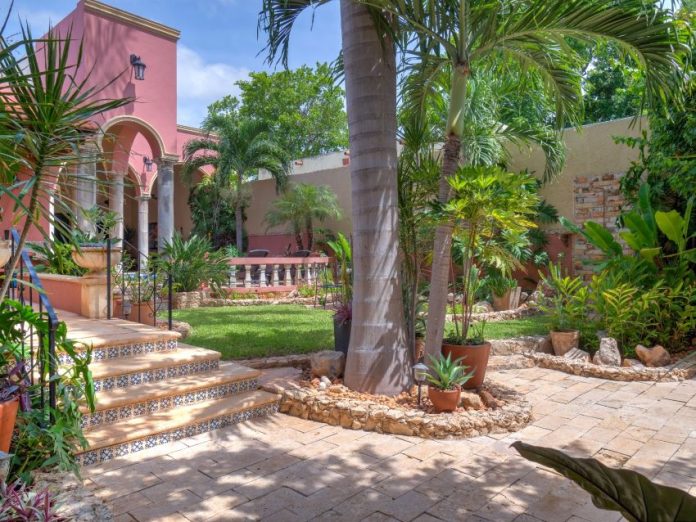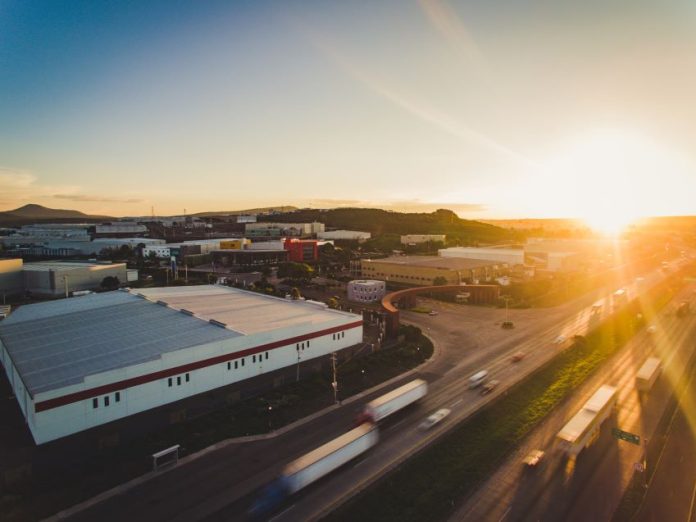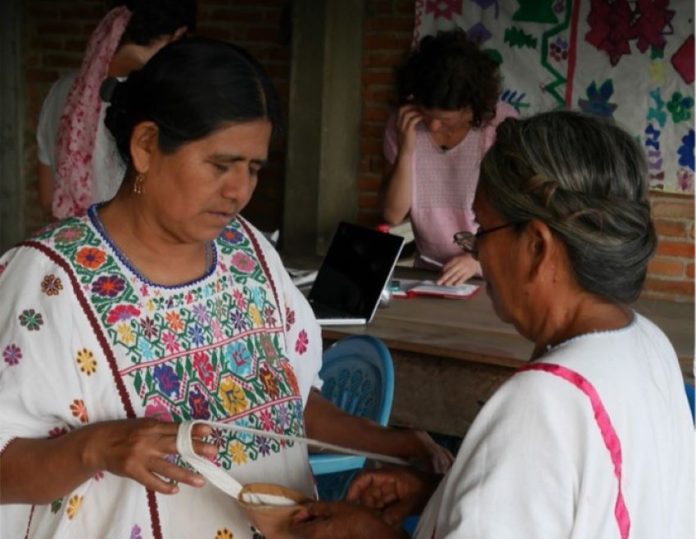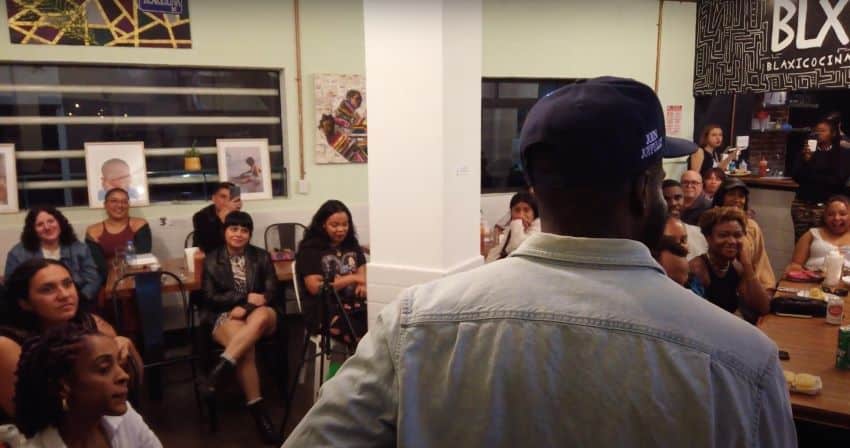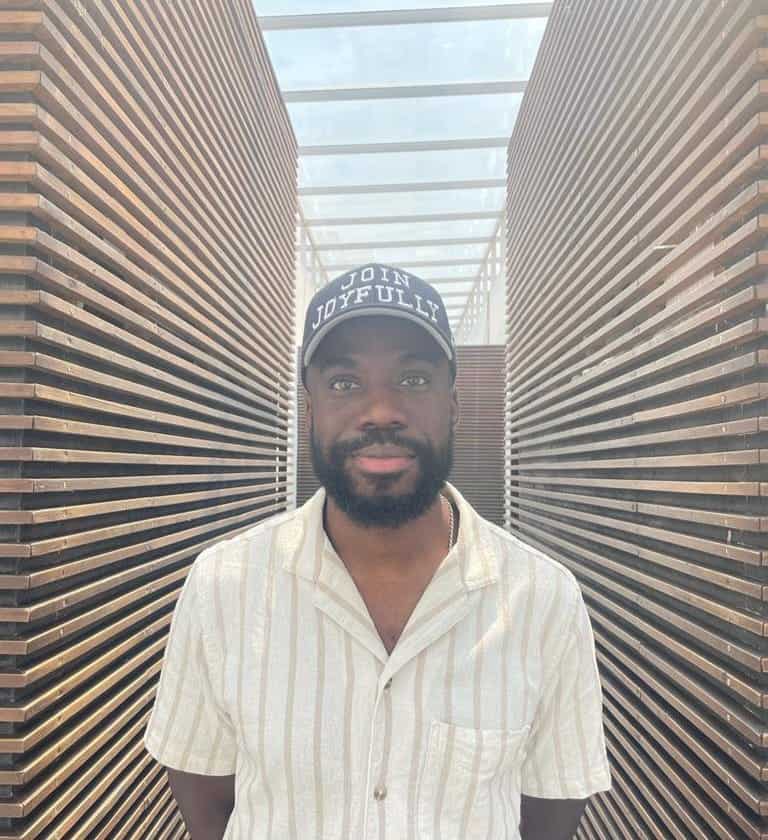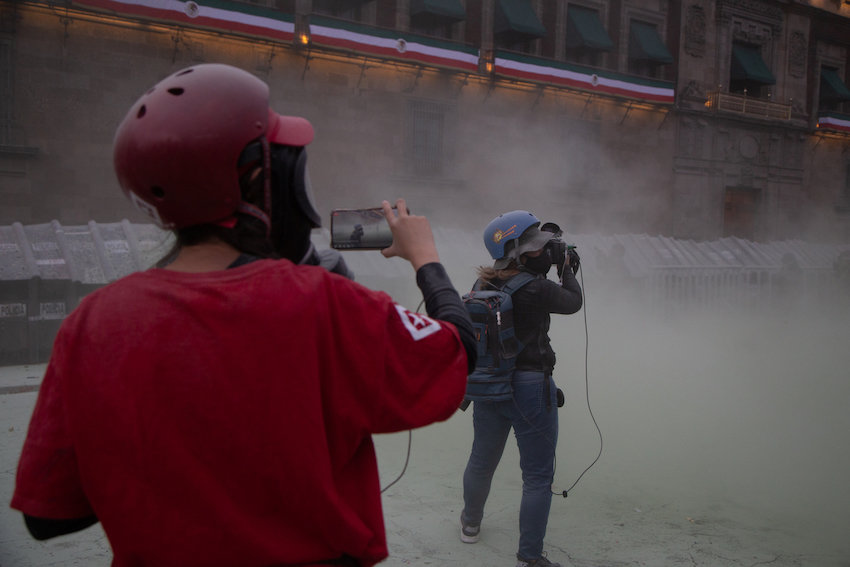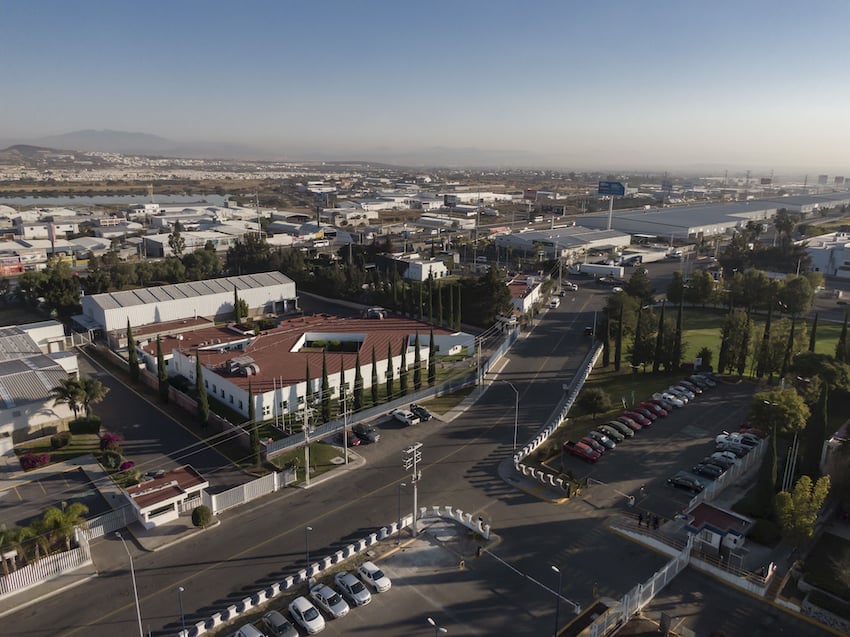How Mérida is booming
“It’s the right time to buy,” Mitchell Keenan, owner of Mexico International Real Estate, tells us.
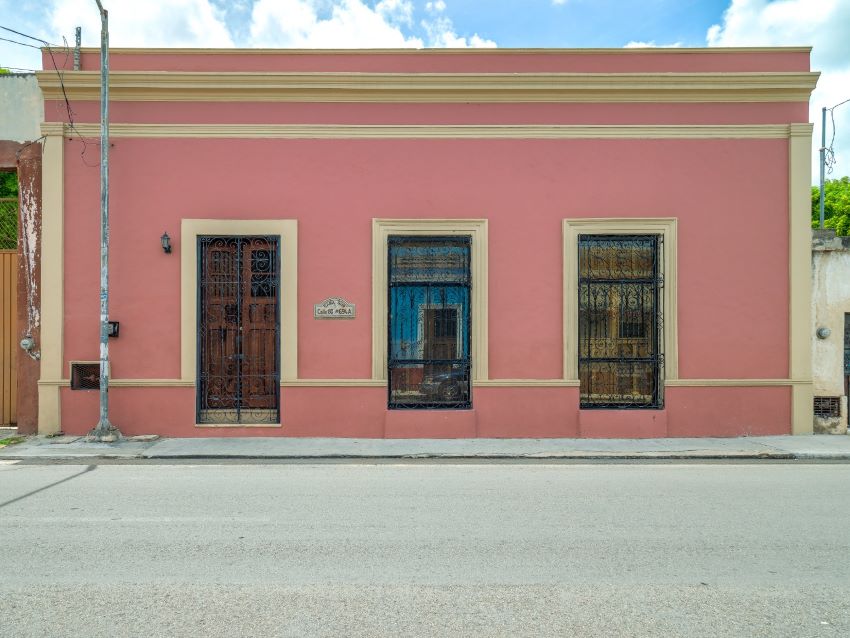
Since he arrived in Mexico in the 1990s, he has watched Mérida flourish, hosting an extraordinarily diverse and peaceful community as well as becoming a prime destination for savvy real estate investors seeking a slice of Mexico’s booming property market.
The Yucatan peninsula is its own little place in Mexico. “Mérida and the Yucatan have a potent magnetism, and I say that in a corporeal sense”, Mitchell says. He explains that when the Chicxulub crater crashed into the Gulf of Mexico off the coast of Yucatan, it created beautiful cenotes (deep water sinkholes), and the entire area near the crater’s impact is imbued with a magnetic feeling. “People get attached. There’s beauty and magnetism here like nowhere else I’ve been”. And, he says, “There is no snow – no freezing temperatures. April to September is our hot season, so the best time to visit is November through March”. His favorite month is June when the trees are in bloom and there are carpets and canopies of orange from the Flamboyant trees.
With its unique blend of beach, rich Maya heritage, vibrant urban development, and a diverse expatriate and Mexican community, word has it that Mérida is the place to be in Mexico. The mass of new investments is the result of Mérida being one of the safest cities in Mexico. “It’s a positive push-up and has had a big effect on our growth”, Mitch says. “Colonial homes are around 60% of our sales, beach properties are around 30%, and 10% are ranches and haciendas. There are plenty of appealing new builds, and even the one bed and bath condos are flying.” Mexican president Lopez Obrador has poured a wealth of capital resources into the Yucatan area, which now is home to the largest infrastructure project in Mexico – The Maya Train.
“I was in Denver when Denver was booming, but I’ve never seen anything like what’s happening in Mérida real estate. And the boom is sustainable.” After the pandemic, people wanted to detach from the big cities and move away. “We’re still closing deals from 2021 when our sales were off the charts.”
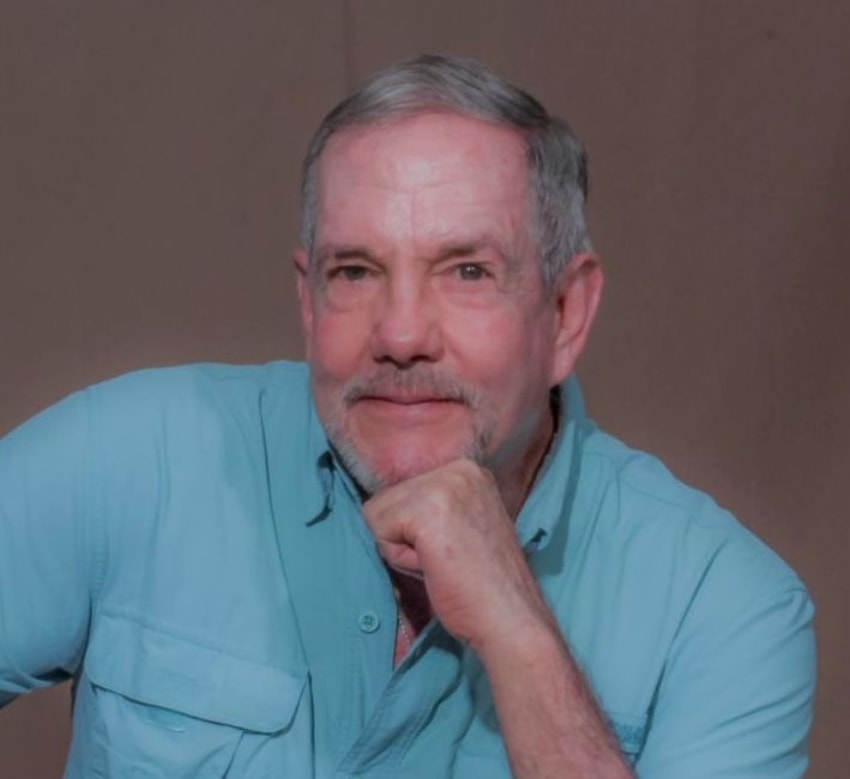
Whether you love culture or cuisine, Mérida has it all
Twice voted “Cultural Capital of the Americas” in 2000 and 2017, he speaks about a great sense of people coming together in business and the arts, with investments in infrastructure that rival anywhere in Mexico. Not only offering pristine, beautiful beaches and cenotes, there is also a wealth of Maya ruins, hotels, restaurants and arts venues. “My partner Miguel and I moved here because Mérida absolutely offered the best lifestyle for us, in Mexico. There is an extraordinary diversity of community: musicians, artists, retirees, young entrepreneurs, Mexicans from all corners of the country.” He reiterates it is possible to live well and less expensively and that “you don’t have the kinds of cultural divisions that you see in other countries.” Even though the Maya are still here in enormous numbers, foreigners are welcomed. The three tiered theater, Teatro José Peón Contreras, is currently being rebuilt. Culture is affordable for everyone, offering lots of free events and NGO community initiatives, like the Full Moon Jazz Festival in February, whose profits go to Telchac Education, “keeping kids in school”.
Like any growing city, the traffic has increased. Still, the government is making investments in new bus services and the refurbished train station, which welcomes both the famous and infamous Maya Train, making travel around the peninsula easy, fast, and luxurious. “There is no doubt the train will be great for tourism and the local economy,” Mitch says.
“The chefs here are super-trending,” Mitch also informs us, citing the recent convention presenting 50 of Latin America’s best chefs. Mérida’s restaurant row, Paseo de Montejo, is full of gourmet dining options. “Oliva Enoteca is fabulous, and Hennessey’s Irish Pub, an Irish pub run by Sean Hennessy & Colm Cooney, offers the best food at the best prices.” Young celebrity chef Nidia Sanchez, who owns Yerba Santa in the iconic historic mansion, El Minaret, came from Chiapas through Mexico City and offers inventive recipes solely inspired by her mother’s home cooking.
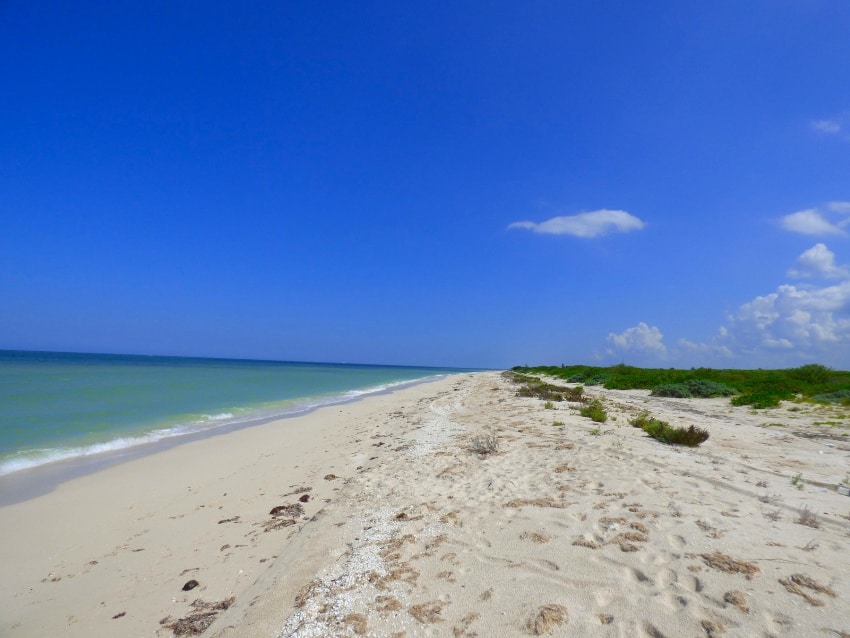
This melting pot of nationalities still intrinsically values Mexico’s cultural roots. “There’s no city quite like this in all of Mexico!” Mitch opines.
Why Mérida is one of the safest cities in Mexico
With the genuine philosophy of “we’re here to help”, Mérida has a robust federal, state, tourist and traffic police presence. Still, there’s a fascinating more profound cultural history as to why this non-invasive “army” feels more like a vigilant but friendly family who keeps the population safe. The original elite of the elite families of Yucatán, all multi-billionaires, wanted to keep this area safe for their families and their offspring. “Pemex discovered oil off this coast, but the families held sway, and Pemex was not allowed to drill nearby and construct oil platforms like in Campeche,” Mitch tells us. Unlike the party capital of the coast, Cancun, Mérida has a cultivated, civilized and safer mindset with its notable community policing policy, insisted upon by these elite founding families.
Mérida delivers excellent healthcare at affordable prices

With ER visits costing as little as $35-$50, Mérida residents have a wide range of hospitals and clinics. “Amongst my clients and friends, the elderly have received treatment for everything, and they all rave about doctors’ pricing and the numerous new modern, updated clinics and hospitals.” Mérida also has its fair share of medical tourism and offers specialization in orthopedic, cosmetic, LASIK, dental and cancer treatments.
One survey of 100 expats conducted by Life in Mérida said they preferred their experience with a Mexican doctor because they had more confidence the doctor cared about their well-being and was knowledgeable, thorough and kind. They also said they didn’t feel hurried and the doctor would often share a personal phone number for follow-ups, questions and concerns.
“This boom in Mérida is just beginning!”

As Mérida continues to shine as a beacon of opportunity in world culture, business and real estate investment, Mitch and his team have cultivated an intimate knowledge of the modern-day city and a wealth of connections and friends over 30 years. “We’re here to share our know-how, enthusiasm, and love for everything this city has to offer,” he tells us.
Don’t delay discovering this tantalizing slice of the Yucatan peninsula and seizing the array of lifestyle opportunities arising from Mérida’s growth spurt!
How to get there: Mérida’s International Airport
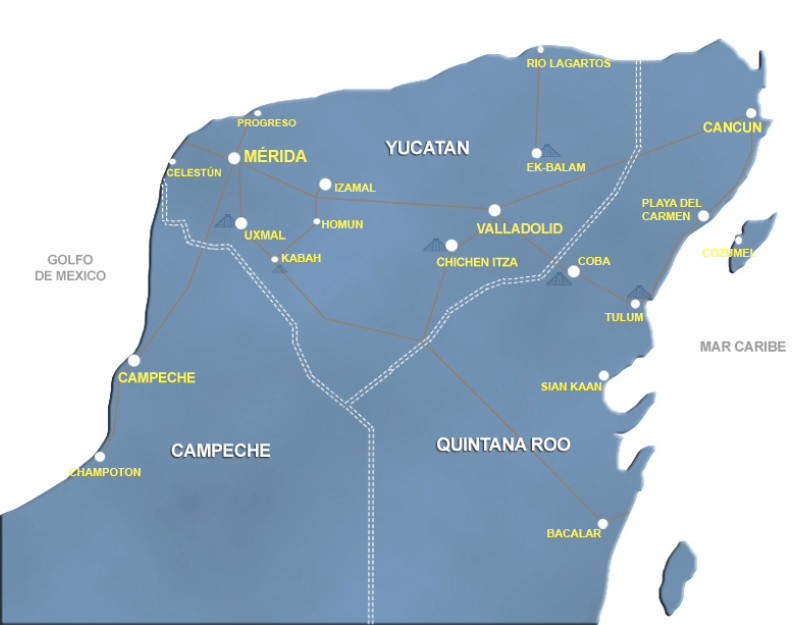
This article is sponsored by Mexico International Real Estate. Mexico International is the Yucatán Peninsula’s number-one real estate agency.
